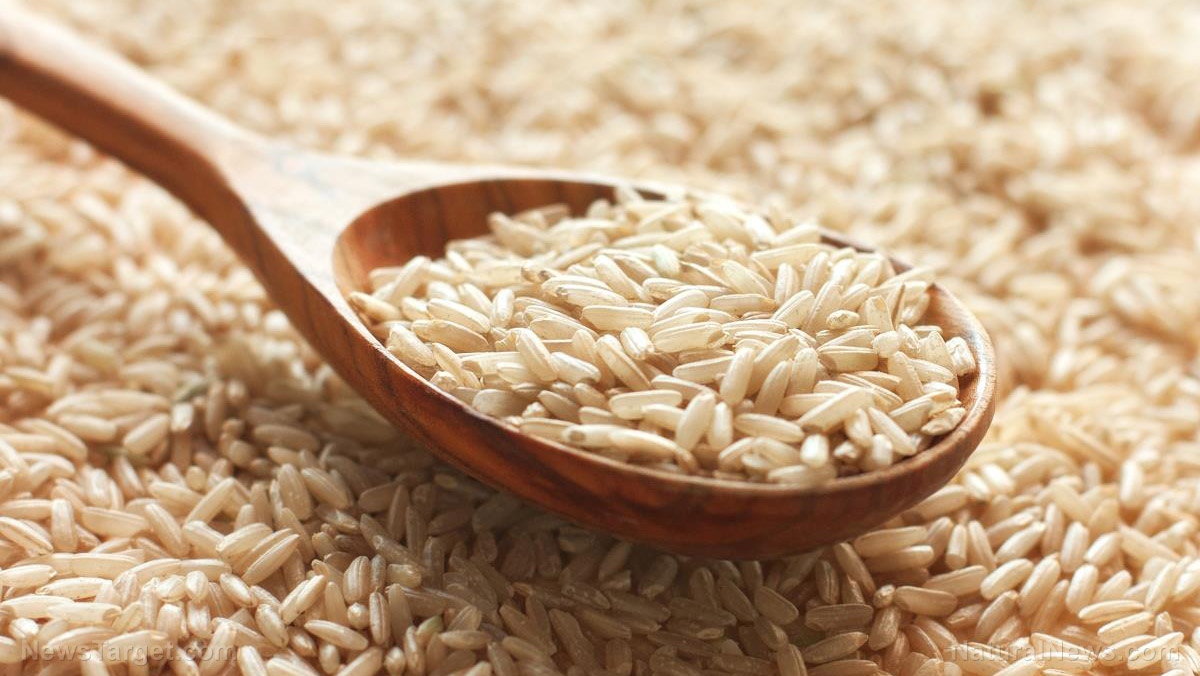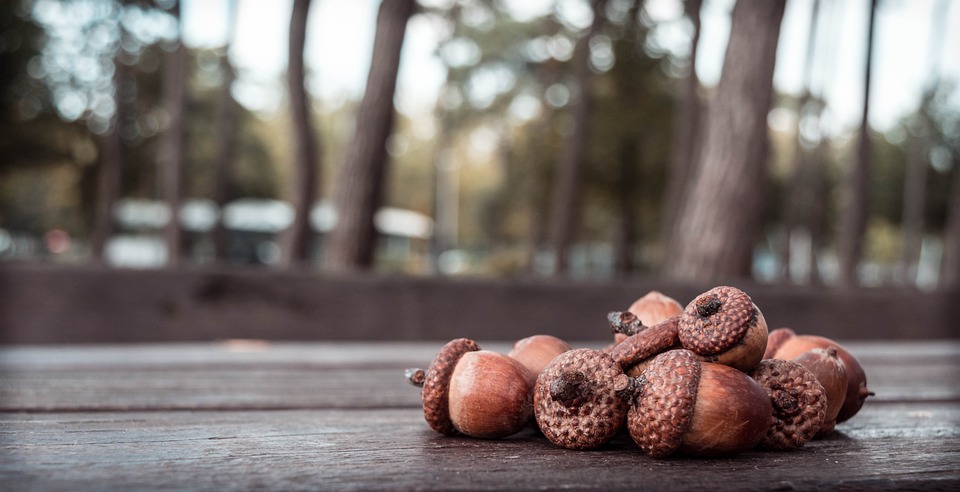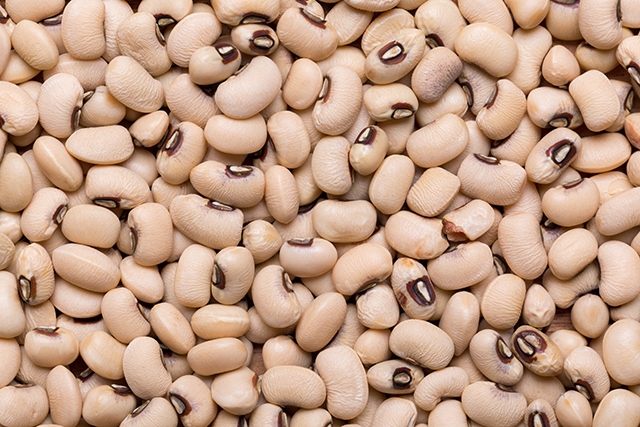
Rice is an essential component of many preppers' emergency food stockpile for many reasons. For starters, it's high in calories, meaning it can keep up your energy in the event of a disaster or SHTF scenario. It also lasts for years if kept at room temperature and is inexpensive when bought in bulk. It's also very versatile.
Read on for tips on how to properly store this pantry staple. (h/t to SHTFBlog.com)
How much rice should you stock?
Experts advise stocking up on 300 pounds of grains per household member. Depending on preference, roughly 25 to 60 pounds of those grains should be rice. A 50-pound bag of rice would cost around $20. Keep that in mind when creating a budget for stockpiling. After all, you'll want to have other foods as well for a well-rounded stockpile.
And don't just settle for any rice. Minimally processed varieties like brown and red rice are healthier than white rice because they still have the bran and germ. These are the components of the rice grain that hold its nutrients, such as dietary fiber, protein, iron, zinc, manganese and B vitamins. (Related: Brown rice is a nutrient-dense food that can lower cholesterol levels and prevent the formation of blood clots.)
Storing rice for the long term
If you eat rice every day, then you should have your rice somewhere accessible but safe. Most kitchens don't have moisture problems, so you can easily store your rice there. Ideally, you should keep it in an airtight container and away from direct light.
For long-term storage, you'll need more than just an airtight container to store your rice in. Below are a few things you'll need to ensure your rice stores for several years:
- Food-grade buckets – Five-gallon buckets allow you to store rice in bulk. Make sure to get the food-grade ones since it's okay for those to come into direct contact with food products.
- Mylar bags – A Mylar bag is a shiny, opaque bag made from metalized polyester. It's used to create a barrier between food and the container it's kept in. Mylar bags are great for storing dry grains like rice, flour and beans.
- Food-safe oxygen absorbers – Oxygen absorbers are placed inside bags or containers to eliminate moisture, which could affect product quality. Moisture can ruin your entire lot of rice by allowing mold to grow.
- Gamma Seal lids – A Gamma Seal lid is a two-piece sealing system that allows you to transform any standard pail or bucket into an airtight and leakproof container. It's also made from food-grade plastic.
Once you have your supplies, it's time to use them all together. Start by putting your rice in a Mylar bag. Throw in oxygen absorbers, making sure there's one in the bottom, middle and top of the bag. Seal the bag with a clothes iron on the hottest setting. The oxygen absorbers will suck any remaining air in the bag after a day. Repeat this process until all the rice is properly packed in Mylar bags.
Place the sealed bags of rice in a food-grade bucket. Close it with a gamma seal lid. Put the bucket in a dry, cool and dark area in your pantry.
Storing rice for the long term is a great entry point for new preppers looking to build their own emergency stockpile. Too many non-preppers wrongfully assume that stockpiling is an expensive business. But by stockpiling inexpensive staples like rice, you can easily build your emergency stockpile on a budget.
For more tips on how to properly store other pantry staples, visit FoodStorage.news.
Sources include:
Please contact us for more information.





















